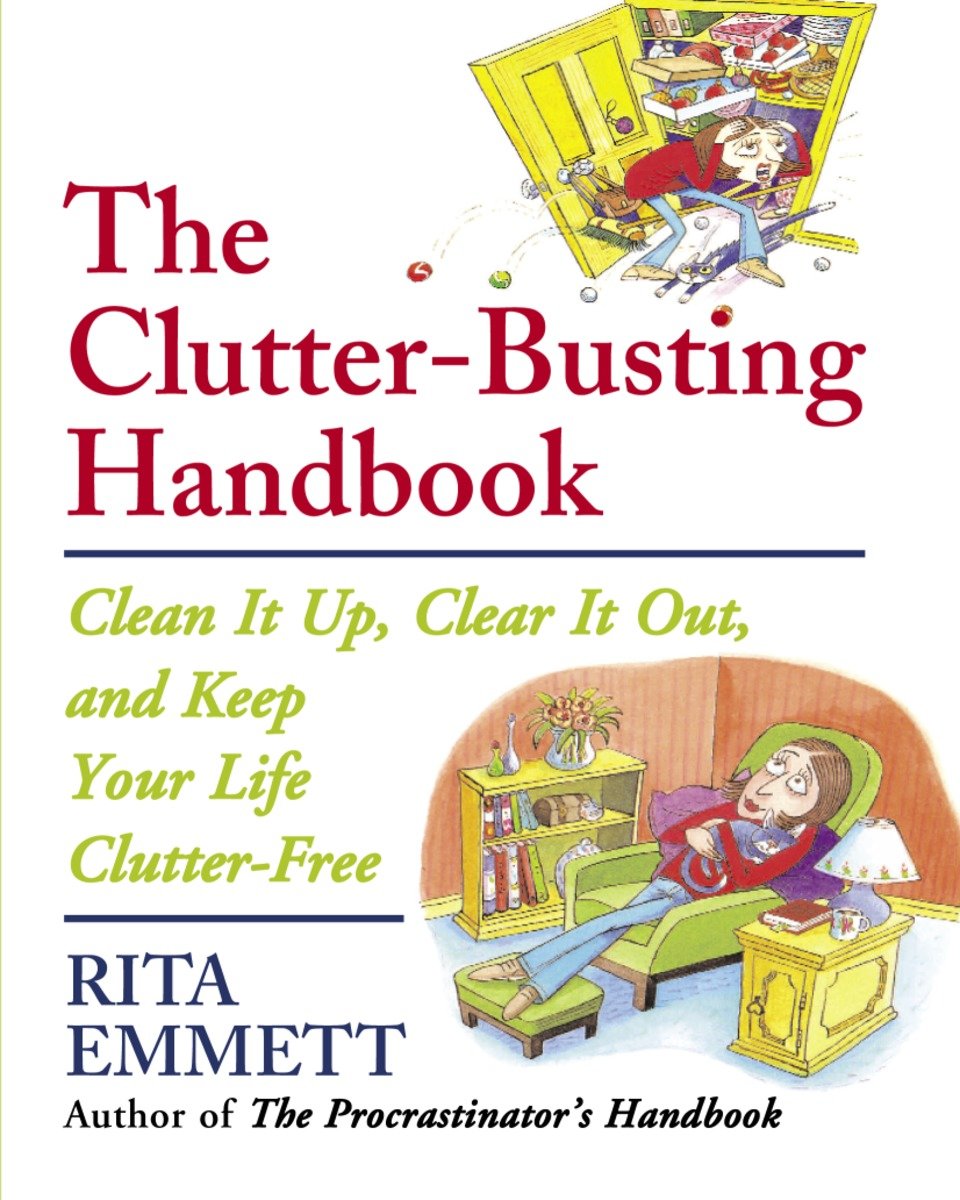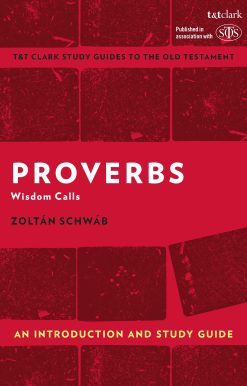The Clutter-Busting Handbook: Clean It Up, Clear It Out, and Keep Your Life Clutter-Free
14.00 JOD
Please allow 2 – 5 weeks for delivery of this item
Description
Are you tired of being surrounded by so much stuff that you don’t know what you have, can’t put everything away or find things when you want them? Does your clutter cause you to feel stressed, anxious, or embarrassed? Rita Emmett — a reformed clutterer herself — can help you take control of your possessions. The Clutter-Busting Handbook is a concise, energizing guide that gives you insight and direction as well as proven tips, methods, and strategies to tame your clutter. Emmett reveals• The four primary causes of clutter• That cluttering is a habit even lifelong clutterers can break• The powerful connection between clutter and procrastination• How to help a pack rat part with unneeded objects• How to prevent clutter from returning, foreverAs entertaining as she is helpful, Emmett offers practical advice on deciding what to keep and what to recycle, discard, or donate. Her combination of experience and good humour — based on her hundreds of seminars and advice shared by people all over North America — will turn even the most reluctant converts into clutter busters.
Additional information
| Weight | 0.2 kg |
|---|---|
| Dimensions | 1.5 × 14.1 × 17.6 cm |
| PubliCanadation City/Country | Canada |
| by | |
| format | |
| Language | |
| Pages | 208 |
| publisher | |
| Year Published | 2005-4-26 |
| Imprint | |
| ISBN 10 | 0385661371 |
| About The Author | Rita Emmett is the bestselling author of The Procrastinator’s Handbook and The Procrastinating Child. She is also a professional speaker whose self-help seminars are immensely popular. Her clients have included AT&T, Mercedes-Benz, and the National Kidney Foundation. Rita Emmett lives in Des Plaines, Illinois. |
"Rita Emmett's writing possesses the same clarity and spirit as her message. Her book has transformed by life and I continue to live her clutter-busting lessons — as a result, my environment is becoming light and beautiful."—Story Musgrave, former NASA astronaut |
|
| Excerpt From Book | Computer ClutterSome people say that the single best paper-clutter reducer is the computer. Well, it’s true that a piece of paper can be tossed once it’s entered into the computer, but then what about all that computer clutter?All of the principles for getting control of paper apply to computer clutter as well. To say that you will return to an e-mail and handle it later is exactly the same as setting down a paper on your desk and putting off that decision.Address the following areas of computer clutter each week. Delete:• cookies (that is, text files stored on your computer from Web sites you’ve visited)*• temporary Internet files• contents of your recycle bin for PC or trash file for Macs• junk mail• old e-mails that mean nothing to you now• old versions of any new programs you have installed• cartoons and goofy pictures that your friends have sent you, and anything else in your download directory you don’t needAnd just as with paper files, give your computer files names that mean something to you so you’ll be able to retrieve them.Another tip: If you just need to skim a file, try to do so on the screen and avoid printing it out. Otherwise, you will have added to your paper clutter.*Cookies can track how often you visit a site, or save your logon name and password. Sometimes these files include graphics and sound files that gobble up a lot of computer memory.E-mails“I’ll finish reading all my new e-mails first. Then I’ll come back and reply to this one.” Such a plan inevitably leads to wild e-clutter. Treat e-mail – whether at home or at work – as you would treat your snail mail.• Delete the junk mail without opening or reading it.• Make decisions about e-mails the minute you open them.• Reply to every one that you can right away.• The ones that you cannot reply to immediately should be put in an “Urgent” file so you can get to them as soon as you have the time.• After replying to an e-mail, delete it or set up a file folder for it.• Rather than carrying each person’s e-mail to individual folders, group them in categories (friends, work, special interests, clutter tips, awaiting response)• Don’t get sucked into forwarding jokes, poems, and stories when you don’t have the time to do so.• Every time you start to write an e-mail, ask yourself, “Do I have time to do this? Is this the best use of my time right now?” |
Only logged in customers who have purchased this product may leave a review.






Reviews
There are no reviews yet.